You will need:
- One apple
- One 175mL bottle of lemon juice
- One glass of water
- One sharp knife
- Three bowls
- Adult supervision
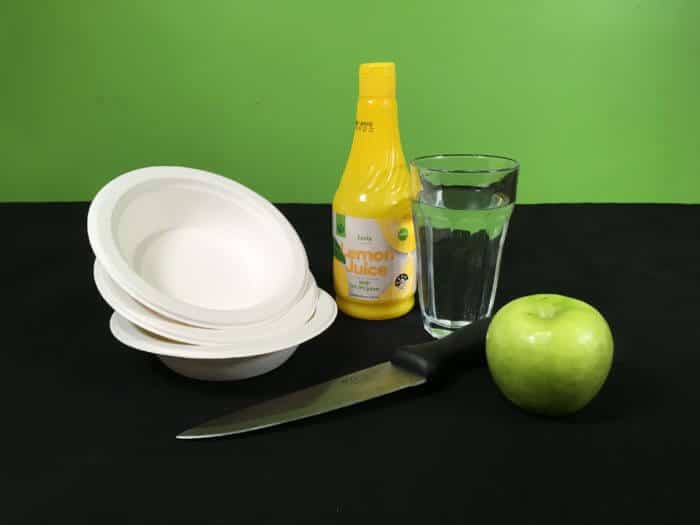
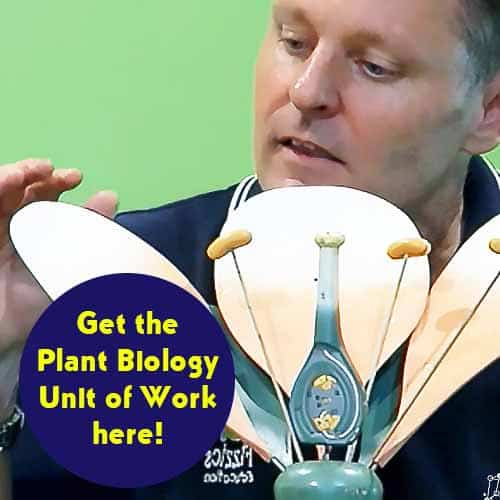
Get the Unit of Work on Plant Biology here!
- Learn about the parts of a flower
- Discover how vascular tissue transports water & sugars around the plant
- Learn about plant pigments and adaptations to the environment
- From photosynthesis to transpiration & more, there’s a heap covered!
Includes cross-curricular teaching ideas, student quizzes, a sample marking rubric, scope & sequences & more

School science visits since 2004!
– Curriculum-linked & award-winning incursions.
– Over 40 primary & high school programs to choose from.
– Designed by experienced educators.
– Over 2 million students reached.
– Face to face incursions & online programs available.
– Early learning centre visits too!
Why Does This Happen:
When you cut up an apple, the cells inside it become exposed to the air. The air, as we know, contains a lot of oxygen. When oxygen enters the cells of the apple, it reacts with some of the chemicals in them, and this chemical reaction ends up making a brown chemical product. This chemical reaction is called oxidation.
- The apple in the bowl by itself turns very brown, because the air has got easy access into the cells of the apple.
- The apple that’s covered with water goes brown a little less and a little slower. Obviously, the air isn’t able to get into the apple cells because the water is in the way. However, there’s also oxygen dissolved in the water. The oxygen in the water gets into the apple cells, and causes them to turn brown in the same way as the air. (This oxygen is the same gas that fish breathe with their gills).
- The lemon juice contains a chemical call ascorbic acid. You’ve probably heard of it from its other name: Vitamin C. There is some oxygen dissolved in the lemon juice, just like in the water. In this case however, the oxygen can react with two different chemicals: the chemicals inside the cells of the apple, and the Vitamin C. The oxygen actually prefers to oxidise the Vitamin C, and so the oxygen reacts with this first. Eventually, all the Vitamin C gets oxidised and used up, and the oxygen starts browning the apple again. If you leave the apple for longer than half an hour (like say, overnight) you’ll see this take place. The fact that the Vitamin C keeps the apple fresher for longer makes it a preservative.
There are many chemicals we use to preserve food.
- Some are antioxidants like Vitamin C, which stop the oxidation reactions that can spoil food.
- Others are antimicrobial, chemicals that kill the bacteria that can grow on food.
Variables to test
- Which fruits go brown first?
- Try different concentrations of lemon juice… which works best?
- Could you use other fruit juices instead? What about a vitamin C tablet dissolved in water?
- If you have a bell jar in your lab, can you slow the oxidation process by removing air around the fruit?
From colour changes to slimy science, we’ve got your kitchen chemistry covered!
Get in touch with FizzicsEd to find out how we can work with your class.
Chemistry Capers
Years K to 6
Maximum 30 students
Hands-on science workshop
60 or 90 minutes
Online Class Available
STEM Full Day Accelerator - Primary
Designed from real classroom experiences, this modular day helps you create consistently effective science learning that directly address the new curriculum with easily accessible and cost-effective materials.
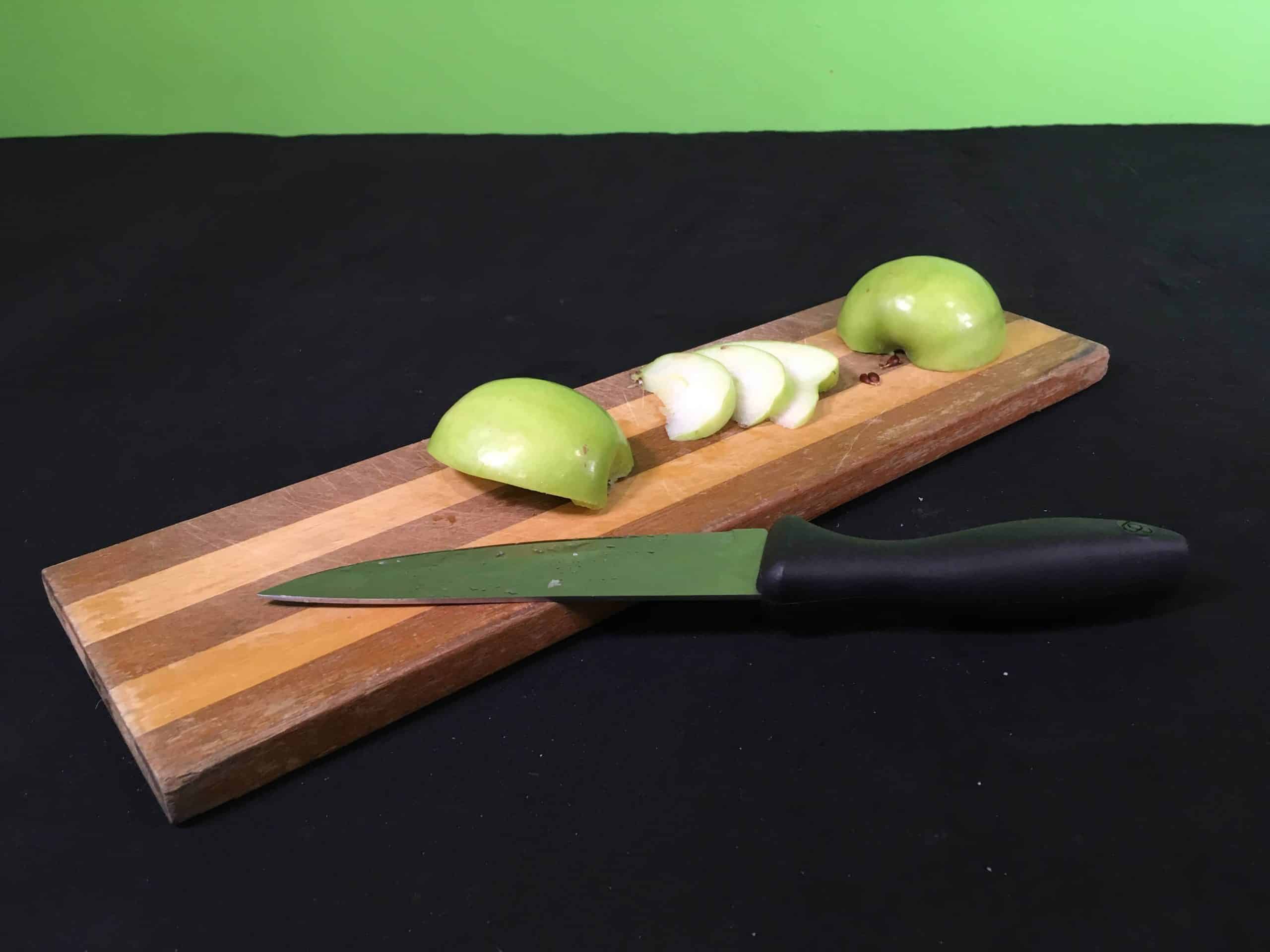

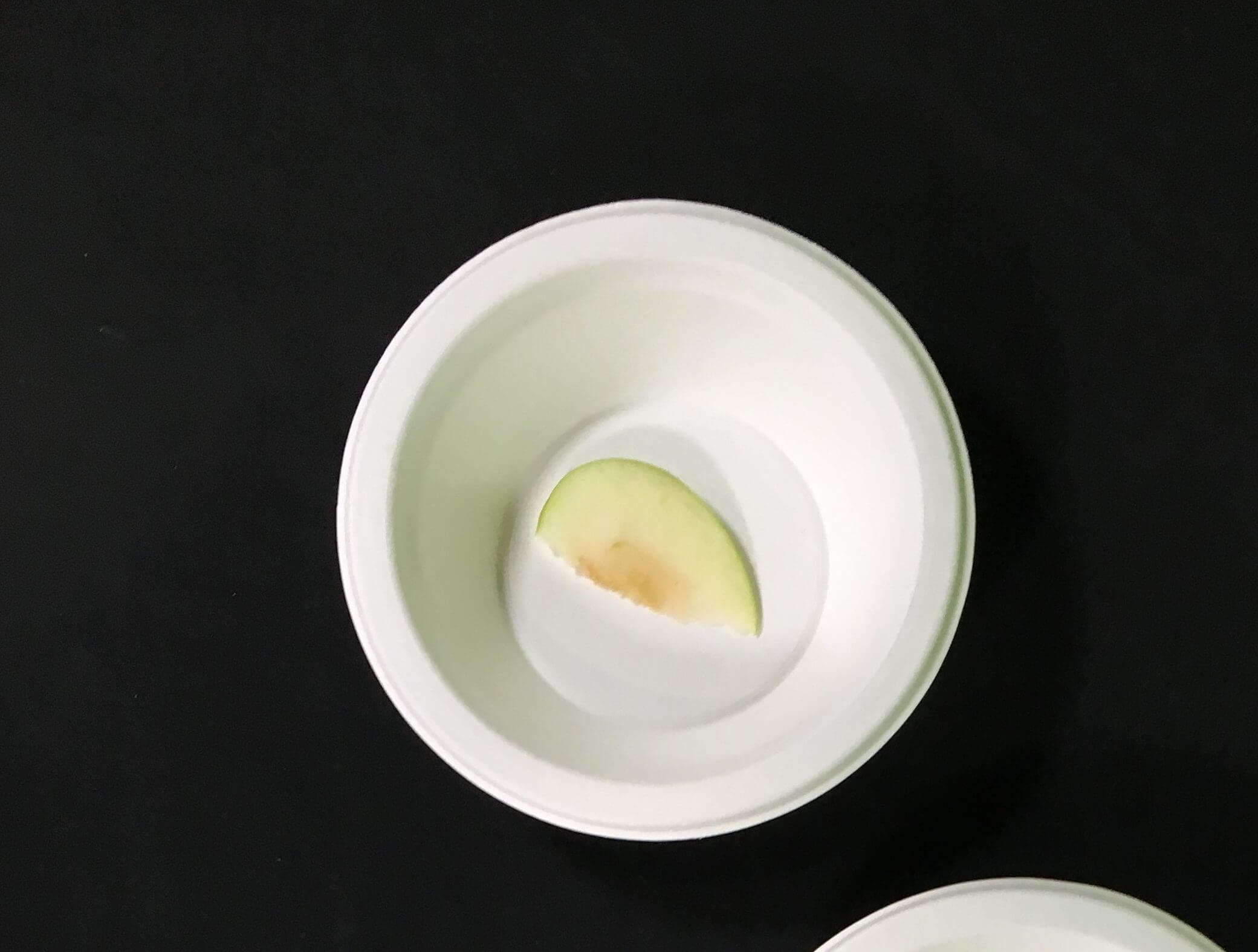
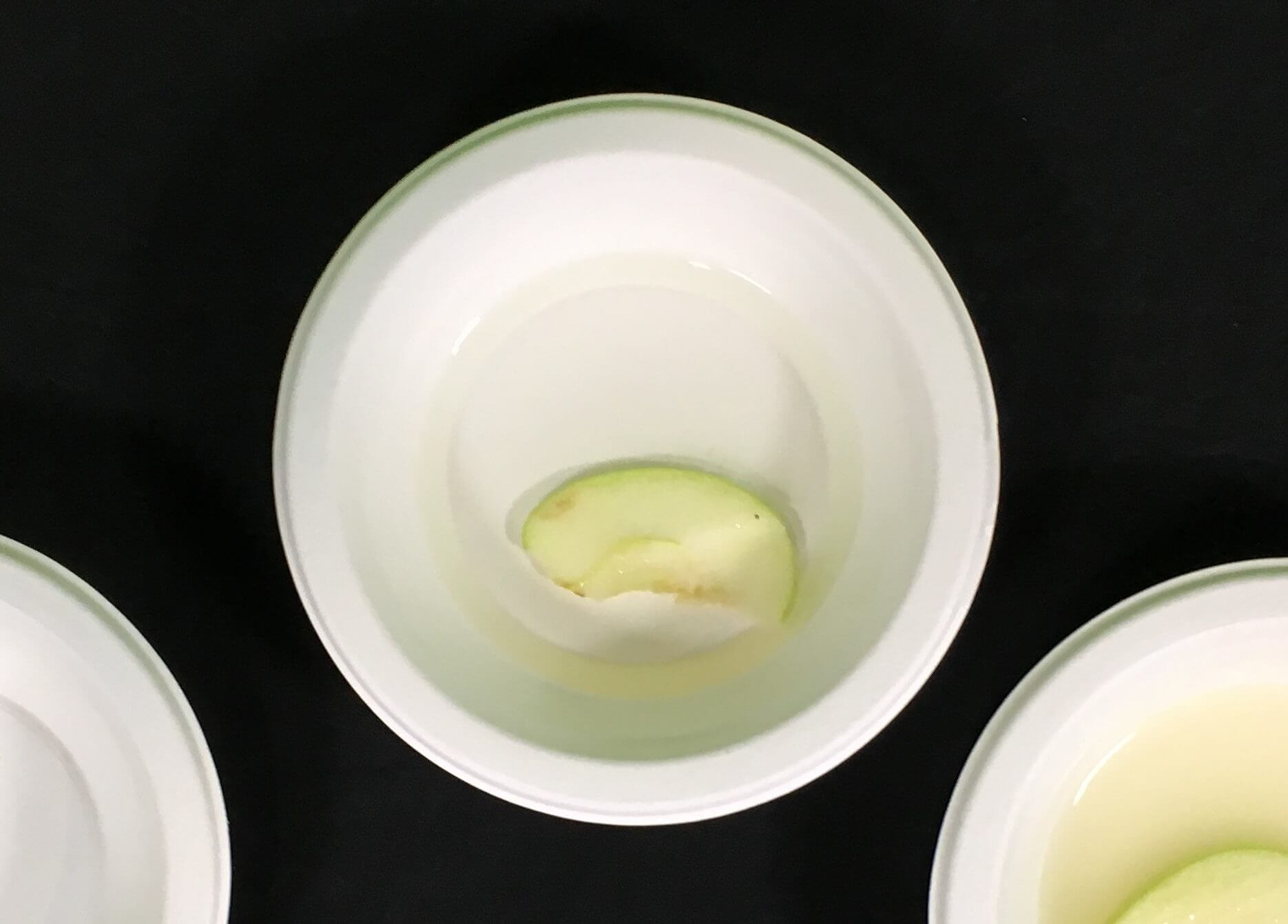
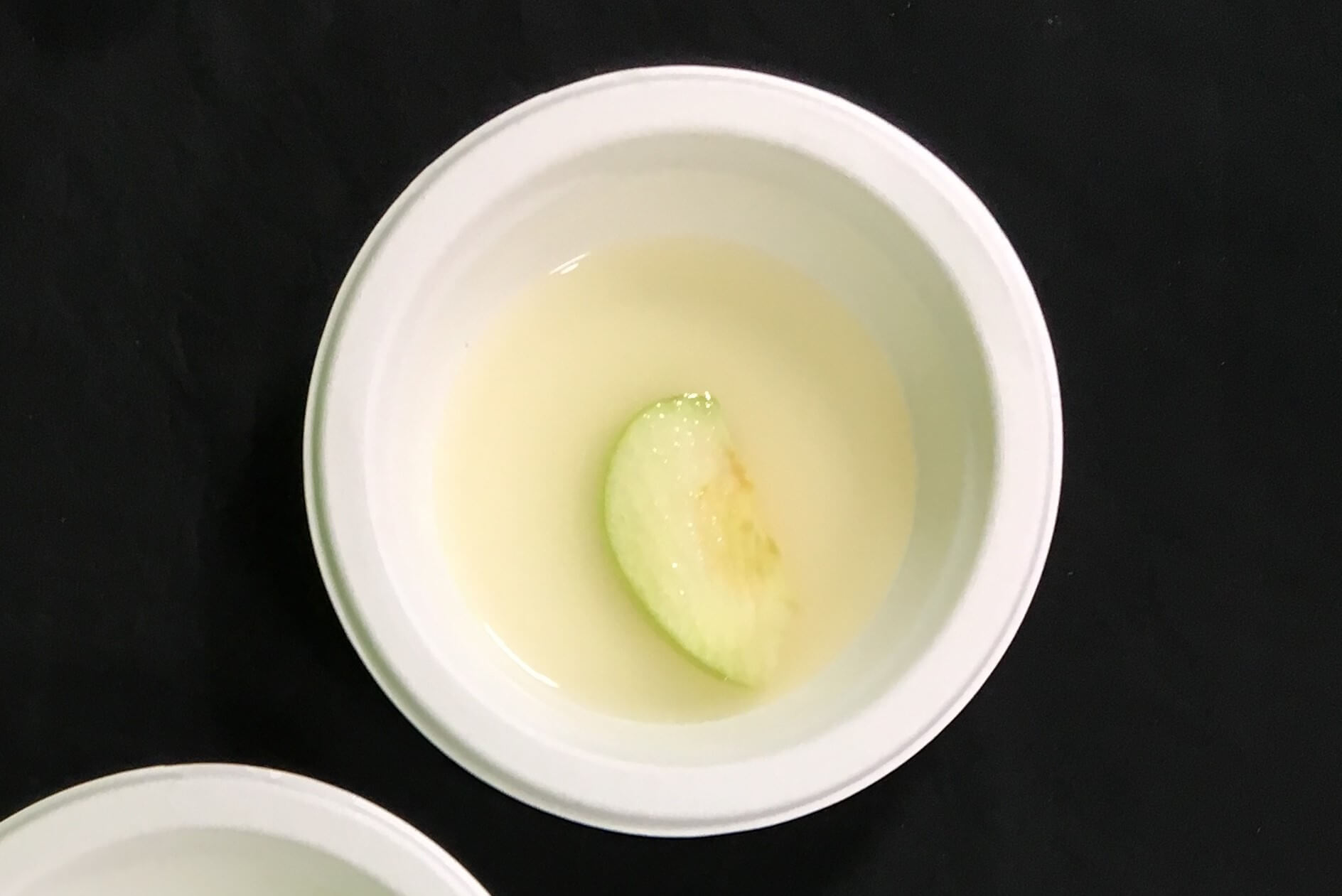
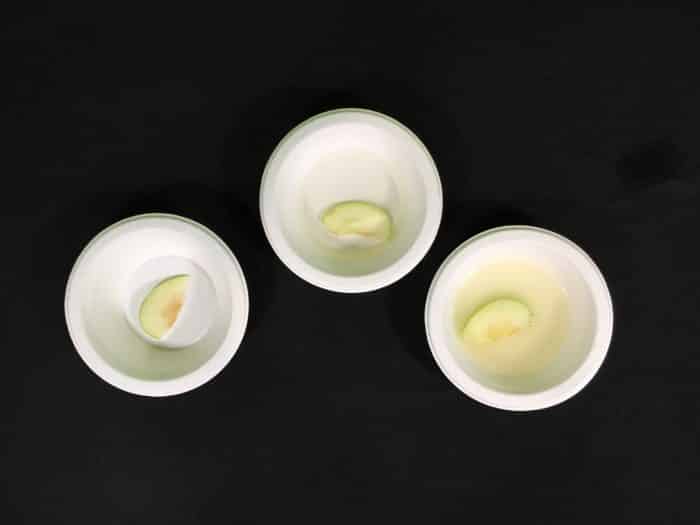
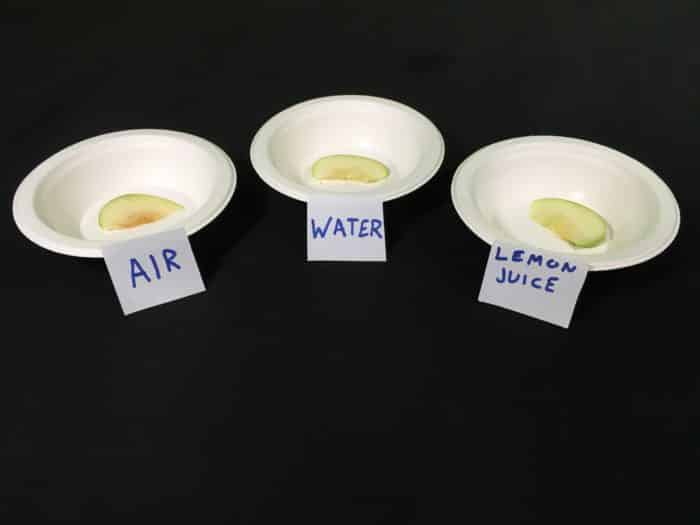
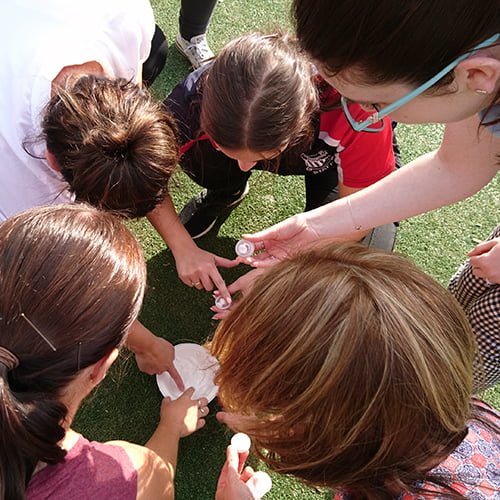




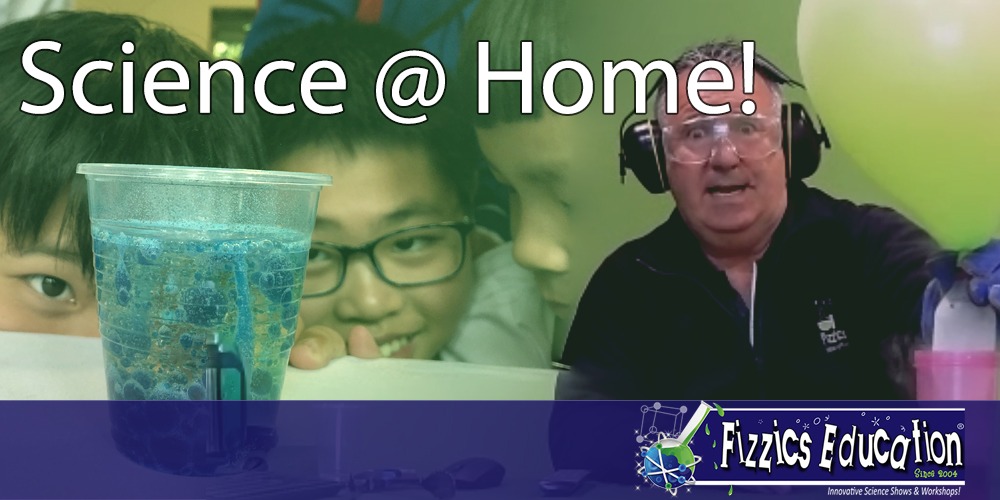

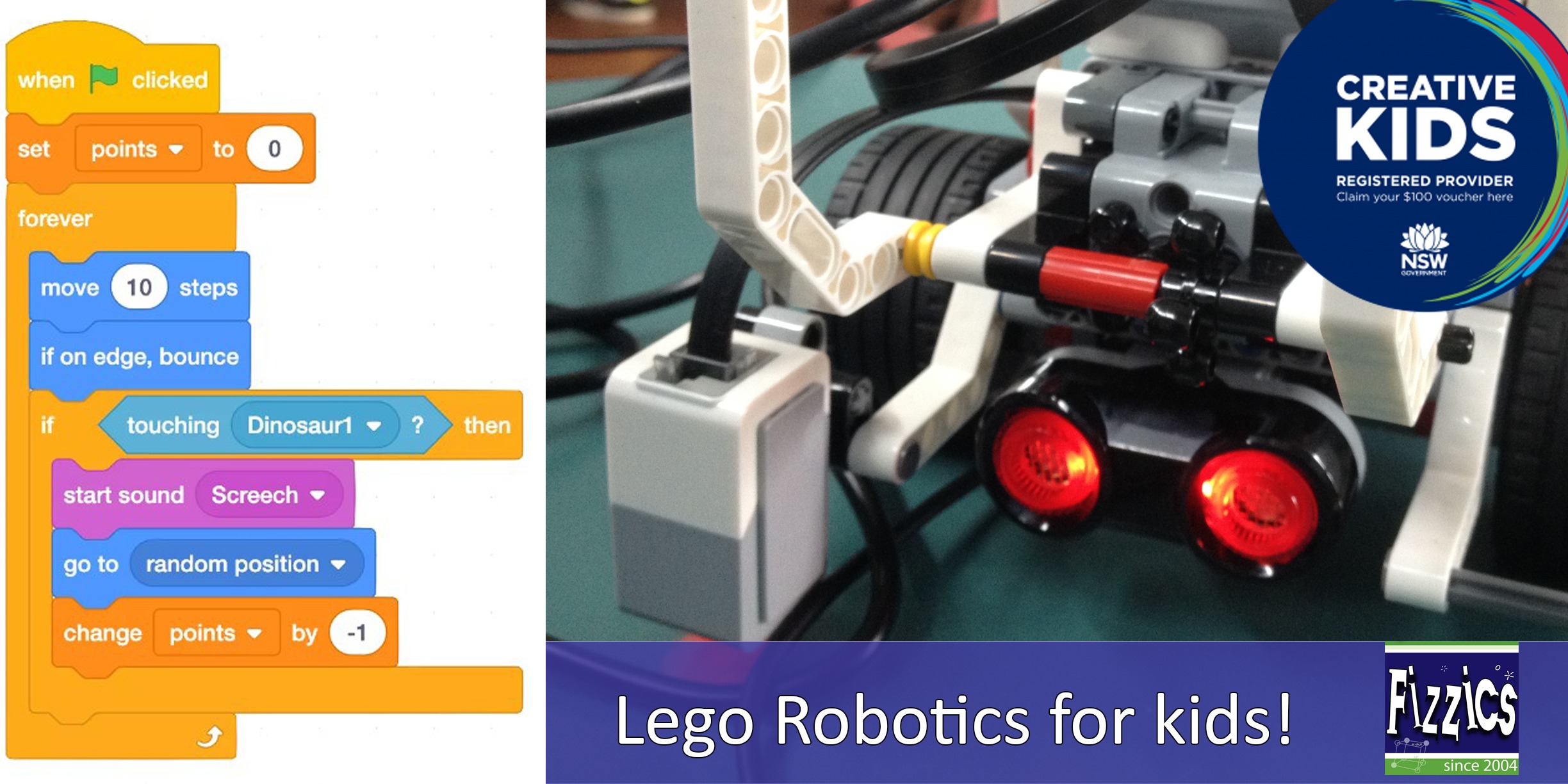
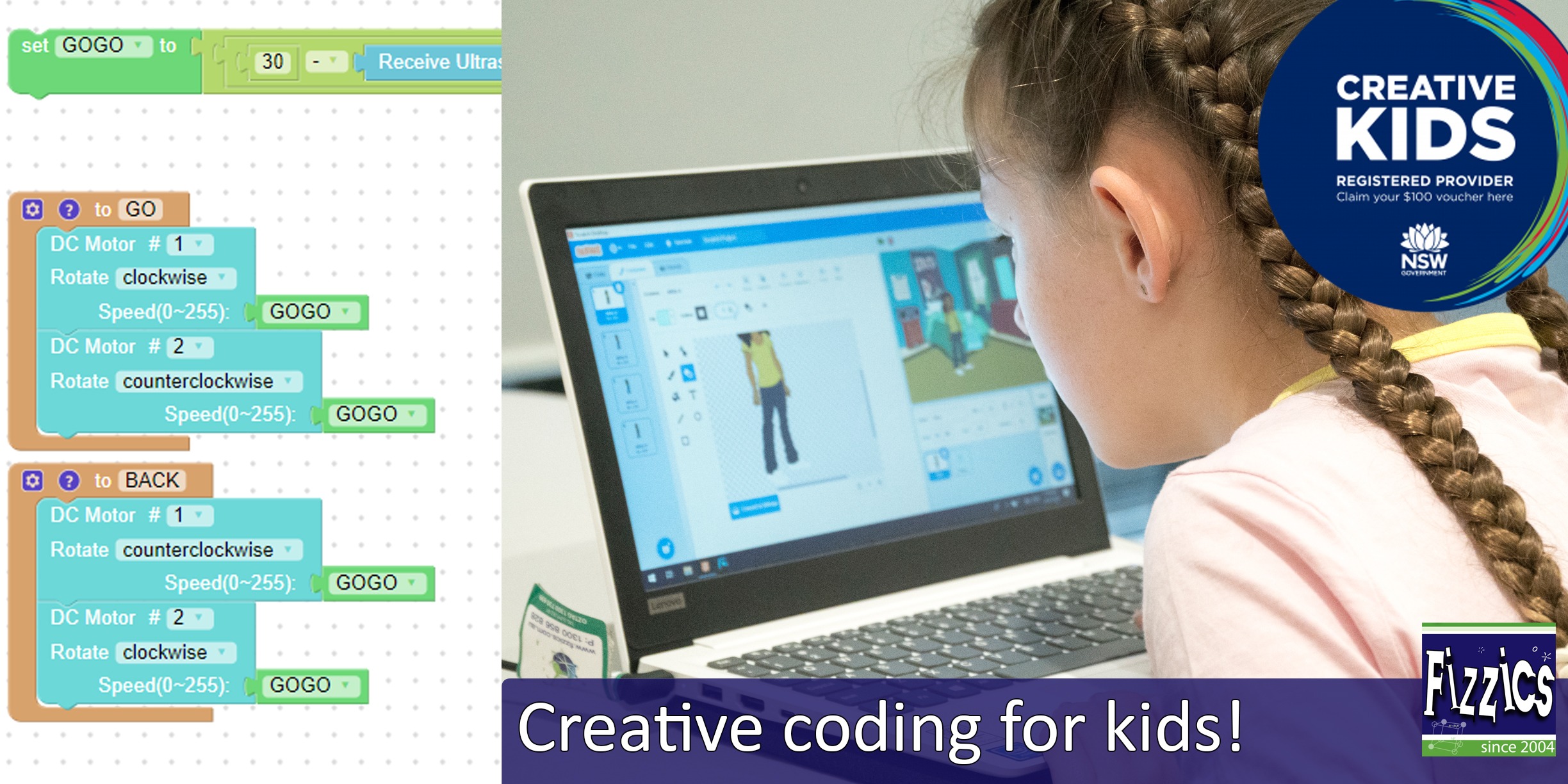
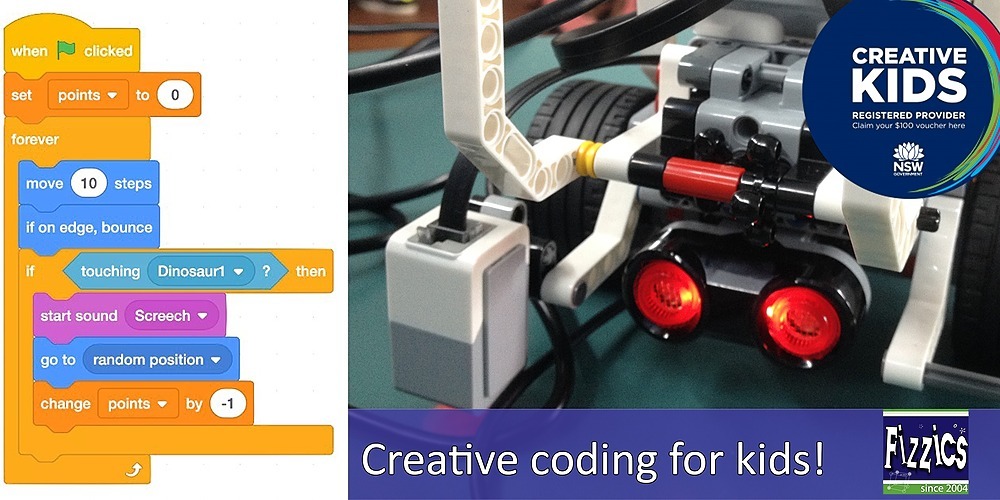
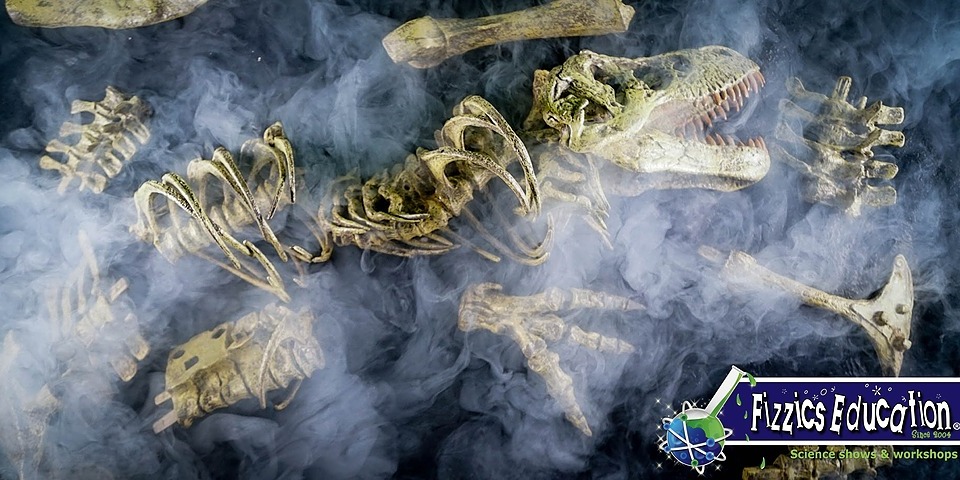
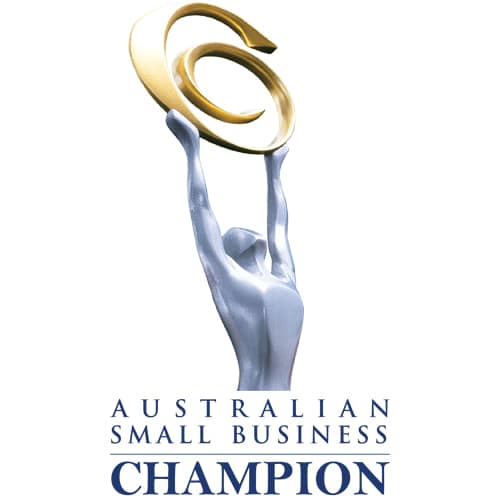

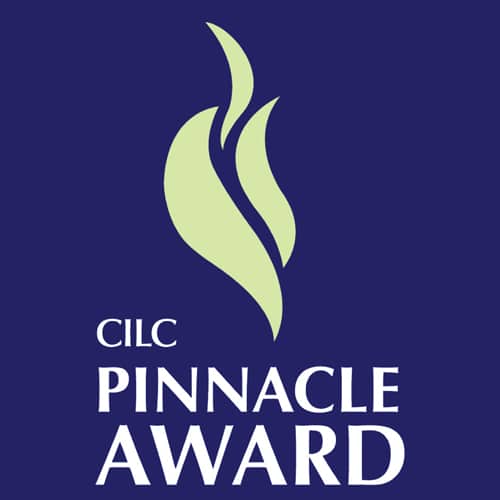


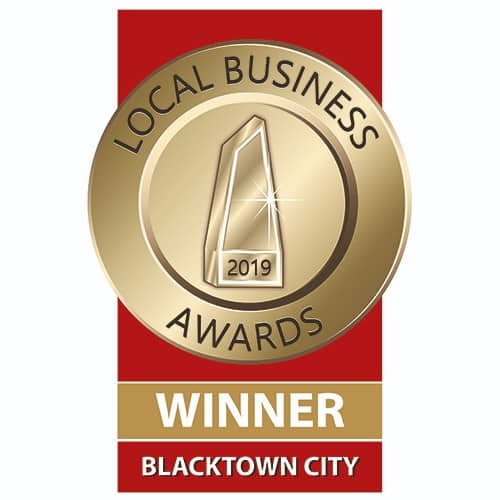






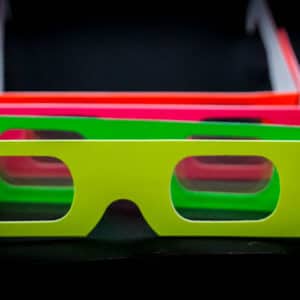



Comments